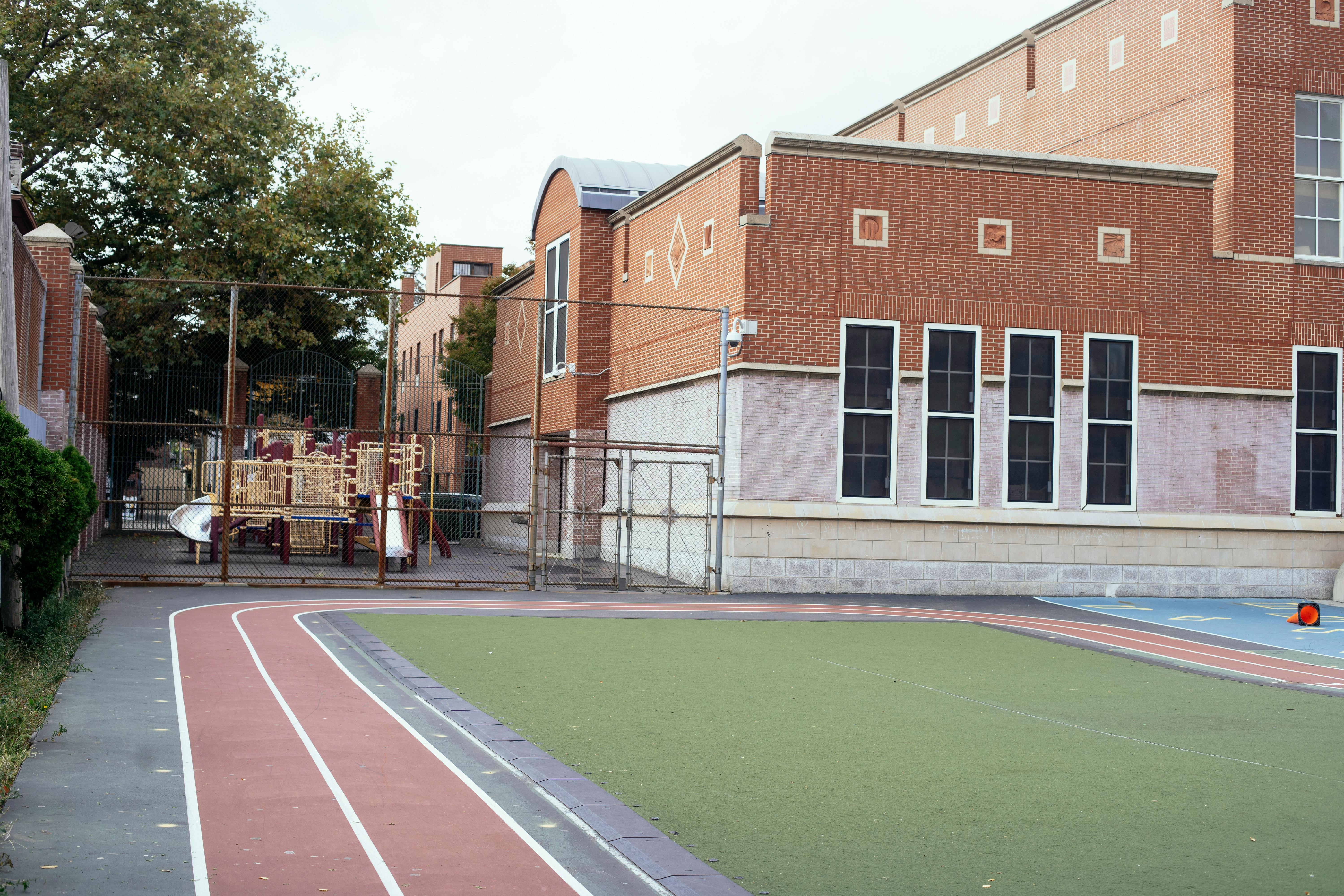Writing a kissing scene in a romance novel isn’t the easiest thing to do, and many novice romance writers seem intimidated by the idea, as the sheer amount of research online indicates. If you’re looking for a magic formula or recipe for perfection, you won’t find it in this article. Writing a book involves a lot of work, and there is no magic formula that can do it all for you. However, there are ways to make it easier. Here are some things every romance writer should consider before attempting to write a good kiss scene.
1. Every romance novel is different. It has its own unique fragrance and yours has a little bit of you. Did I say “a little”? I rephrase: lots of you on it. So that’s where you have to start: in you, with you. You can look to other writers for inspiration, but never try to copy what they have done. Start with your personal experience (and that includes your “kissing” experience). You must have felt or experienced something that no one else has. Find that little spark of uniqueness and try to put it into words. Preliminary exercise: Before you start writing the kiss scene for your romance novel, take some time to describe in detail your best kissing experience.
2. The kiss scene isn’t an isolated episode, something you just throw in because you know it has to be there. It is the effect of many causes, the organic result of a whole range of physical and emotional factors. That’s why a good kiss scene will always have continuity with the rest of the story. Guide your readers down a path. Take them on a trip and make everything flow naturally. There’s nothing worse than a scene that seems out of context or inconsistent with the rest. Preliminary exercise: make a brief summary of all the small events that lead up to the kiss scene.
3. Decide from the beginning how far you want to go. A good kiss scene – a love scene in general – does not have to abound in graphic details. After all, romance is not pornography. Ask yourself this question: do you want to go for subtlety or a cruder approach? Do you want to bet on soft tenderness, violent passion or both? In a complex kissing scene, the leads may be carefully led from one to the other. Preliminary exercise: Write down a few keywords, no more than 5, that describe your kiss scene (for example, tender, sweet, violent, passionate, unexpected, strong, shy, stormy, sensual, liberating, etc.)
4. The setting plays a very important role in a romance novel. A good setting adds richness, credibility and magic to your scene. As in a painting, every shade of color is important. Like in a symphony, every note matters. Colors, textures, smells, sounds – they all work together to create a rich tapestry that captivates and engages the reader. Preliminary exercise: Close your eyes and descend into the world of your novel. Imagine yourself in the place where the kissing scene will take place and describe everything as if you were there. Go for the most insignificant and minute details. If necessary, take several trips and find something new each time. write it all down
5. The next step is to bring your hero and heroine into the scene. After all, they are what your story is about and the main reason your readers keep turning the pages. Think about how they got there. Go back to the same place again, but this time try to visualize them as part of the landscape. See their faces, clothes, gestures, moods and attitudes. Describe them all in detail. Focus on their feelings and emotions. Try to identify with each of them and help the reader to identify with them as well. Preliminary exercise: write five sentences that describe your hero and another five that describe your heroine in this context.
6. Involve all five senses in your description. There are not enough words to emphasize the importance of the sensual element in a romance novel. Focus on what your protagonists can see and hear, but also on the olfactory and tactile element, on what they can taste, smell and touch. Try to avoid clichés, bet on fresh and suggestive images. Don’t shy away from metaphors and similes, but use them wisely and steer clear of the obvious. Challenge your imagination to come up with something more unusual (for example, instead of saying “her lips tasted like honey”, say “her lips tasted like hot mulled wine” or “her lips tasted like orange-mango-cinnamon tea”, or “her lips tasted like latte with a hint of Baileys”, whatever, you get the idea. Preliminary exercise: Find two original similes for each of the five senses.
7. Focus on the movement and gestures of the protagonists, but also on their sensations, feelings and emotions. Every external movement must have an internal counterpart. Everything that happens “outside” must generate an echo “inside”. (eg, “His lips brushed gently against hers. Her heart was pounding wildly.”) Preliminary exercise: Create two columns: one with “external events”, the other with “internal reactions”.
8. Creating sexual tension is another decisive factor in writing the perfect kiss scene. Delayed compliance triggers a stronger emotional response in the reader. Stretch it as far as you can, take the tension to the point where it becomes unbearable. Does the love of your protagonists grow from a timid blink to a full glow? Extend that process; make your readers crave for more… Hit the “stop and start again” button. For example, you can let the kiss begin softly, tentatively, with lips barely touching, as if the lovers were searching for each other in the dark. As the desire grows stronger, they go through a sequence of holding on and letting go. They are lost and found again and again. With each step, the tension builds and the atmosphere heats up. So when the kiss scene finally reaches its climax, the reader will be fully rewarded.




